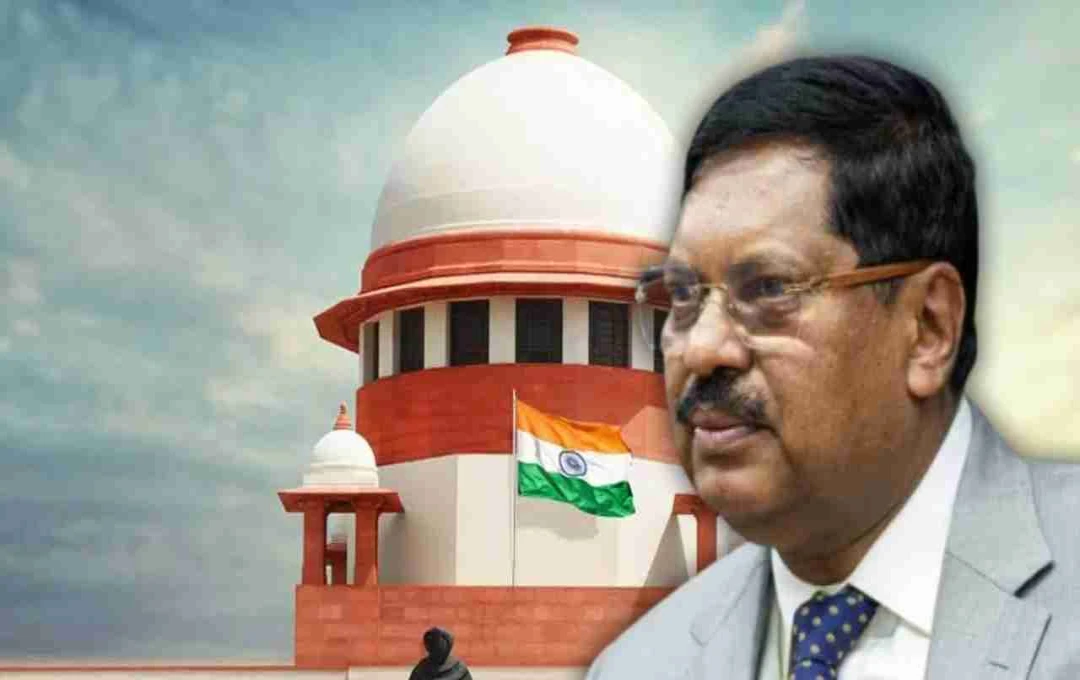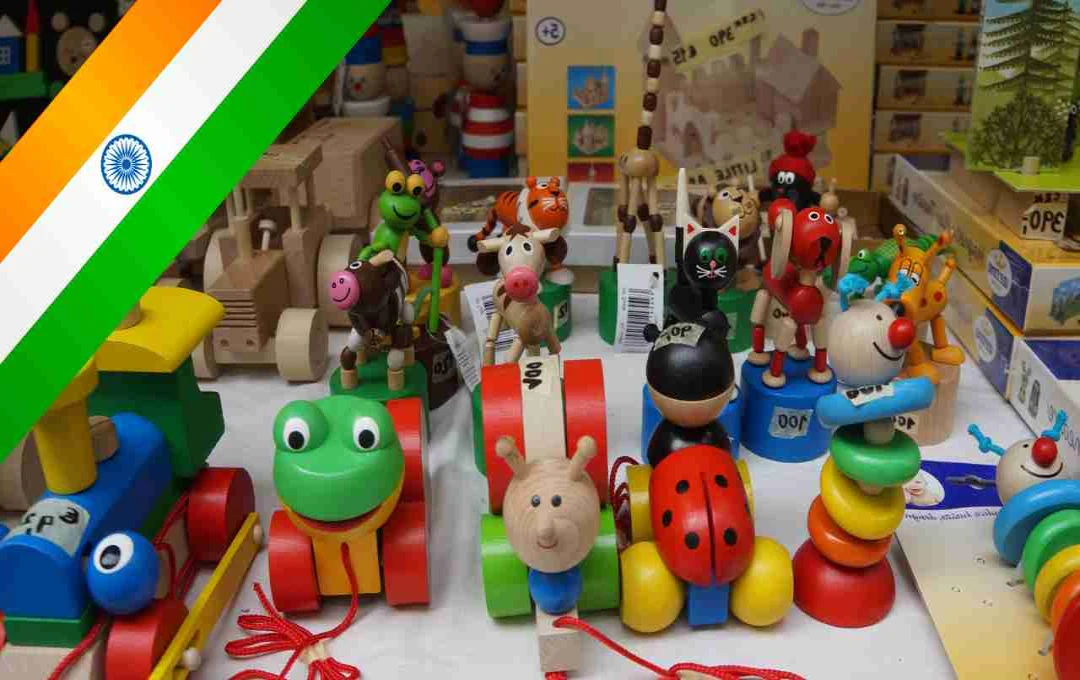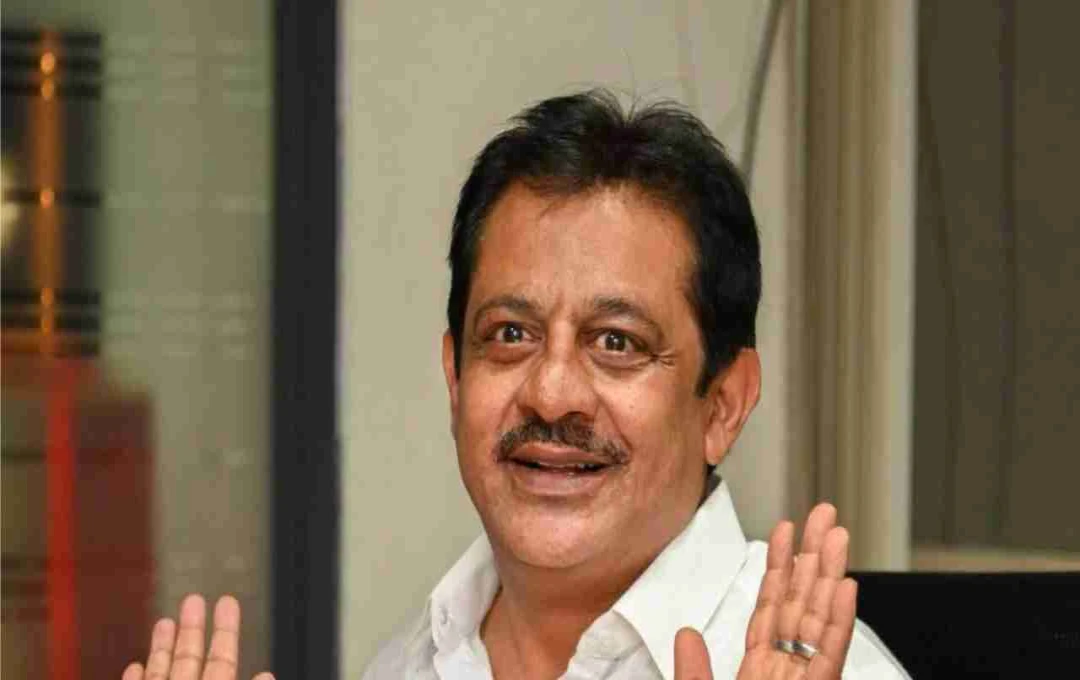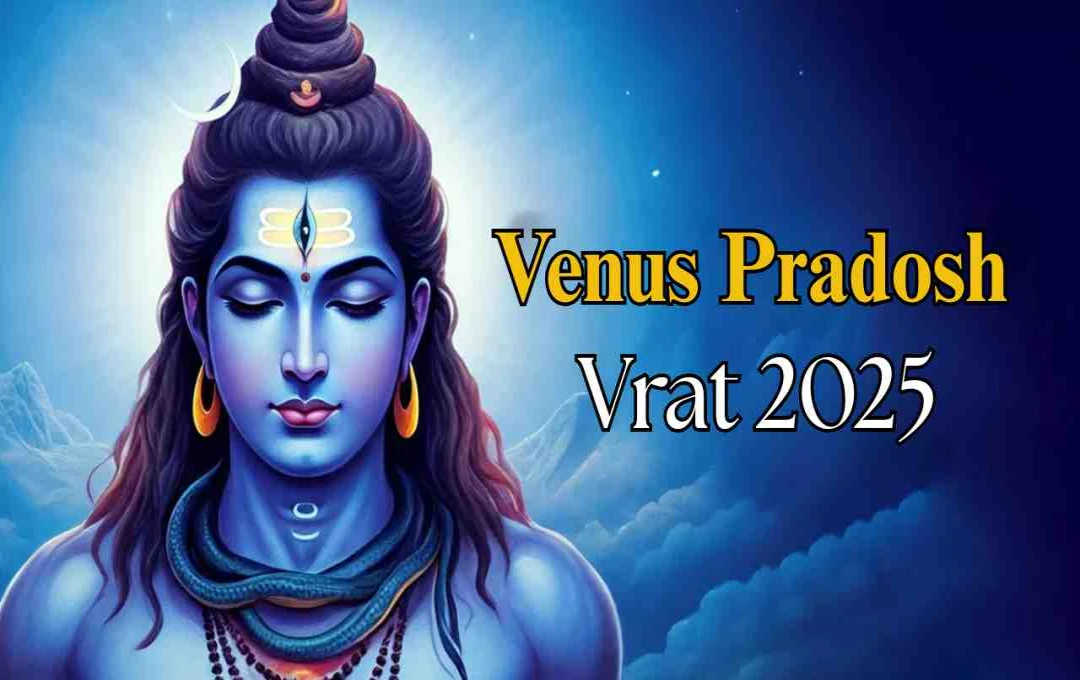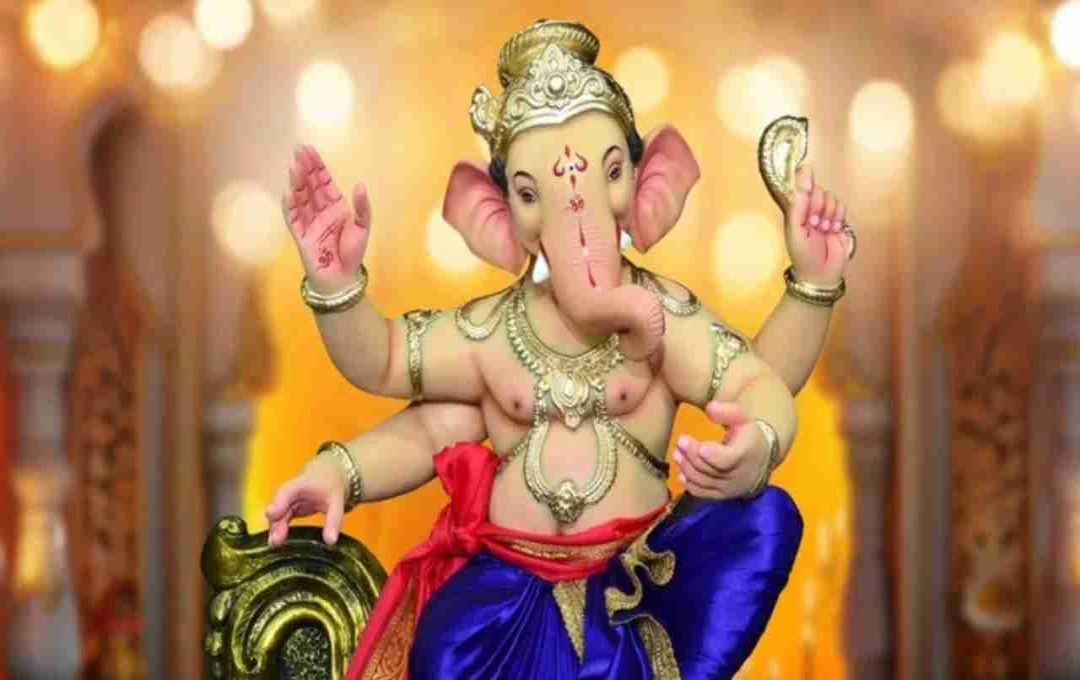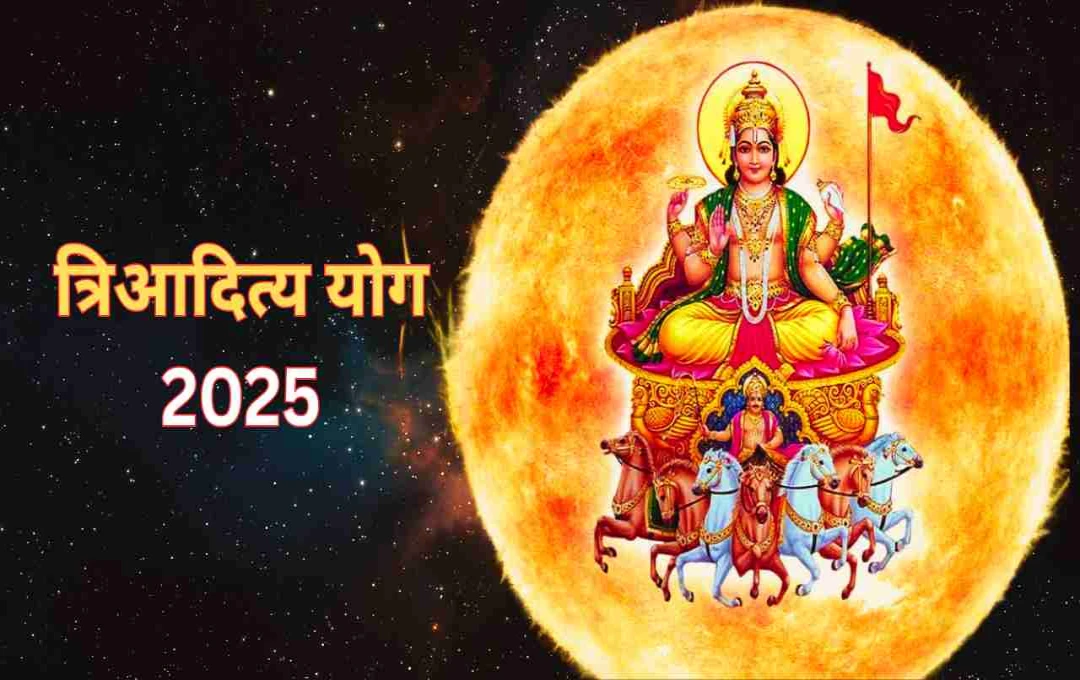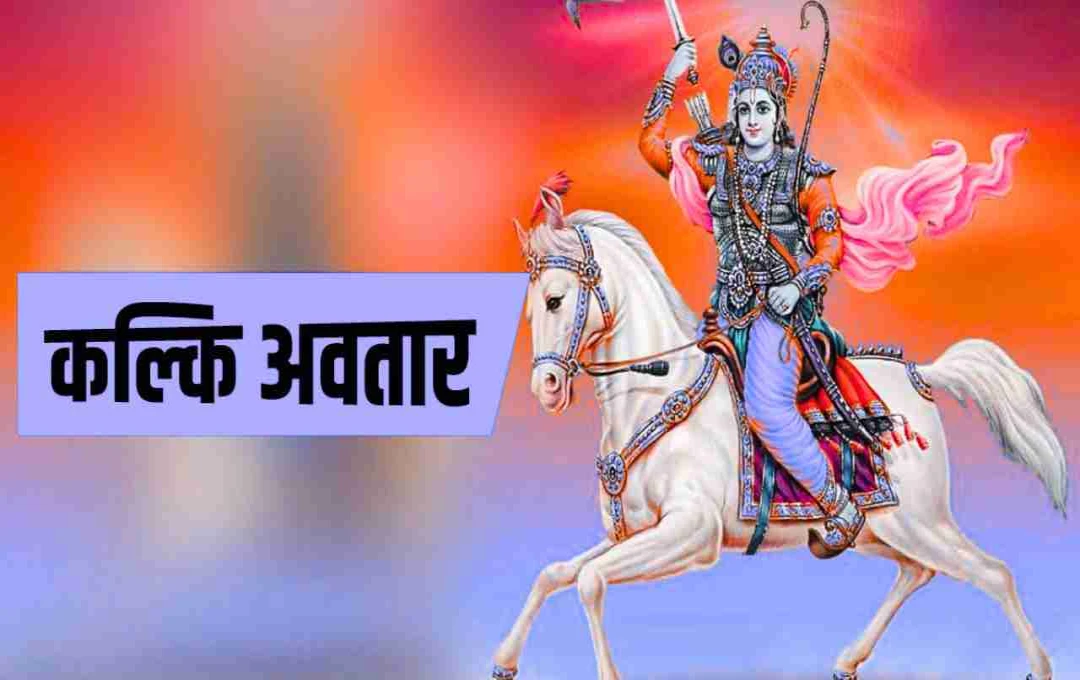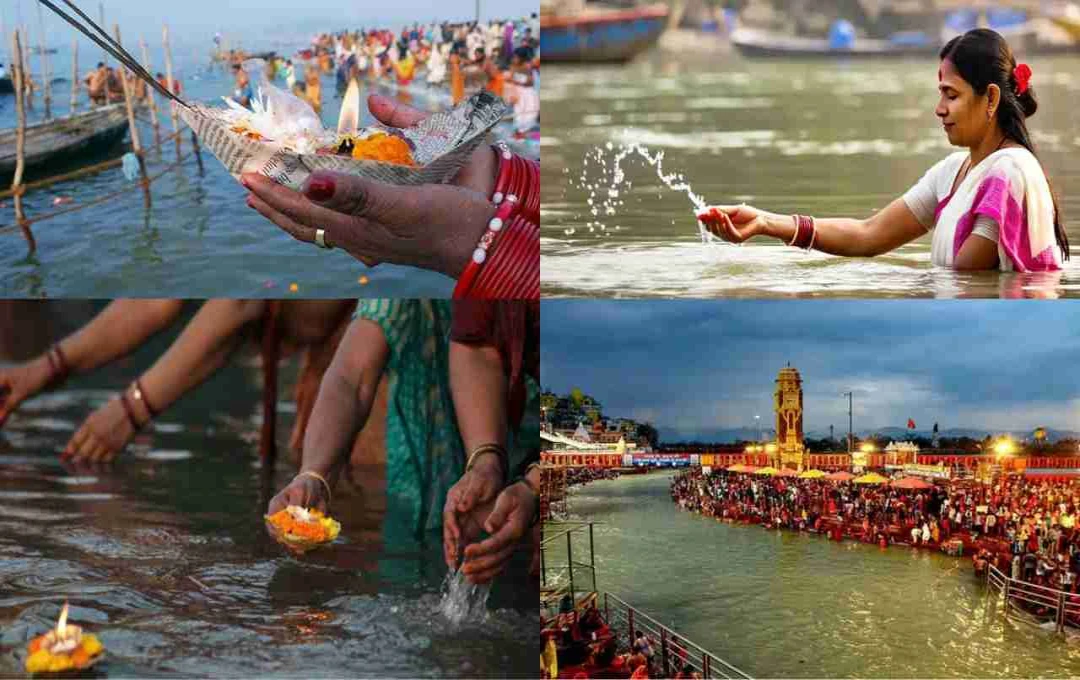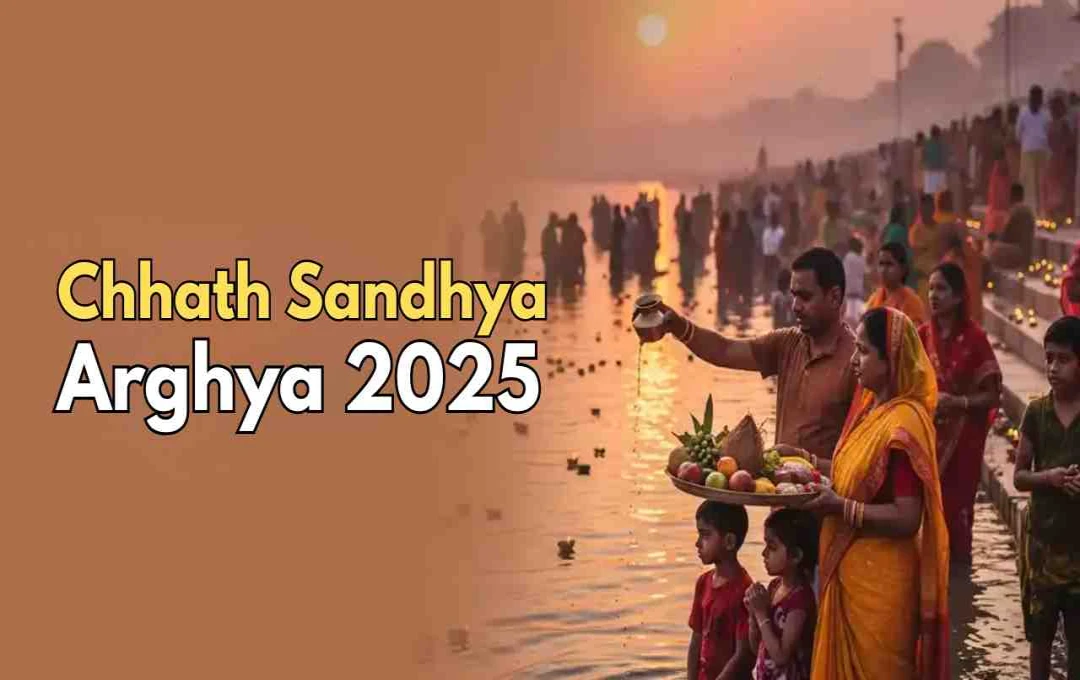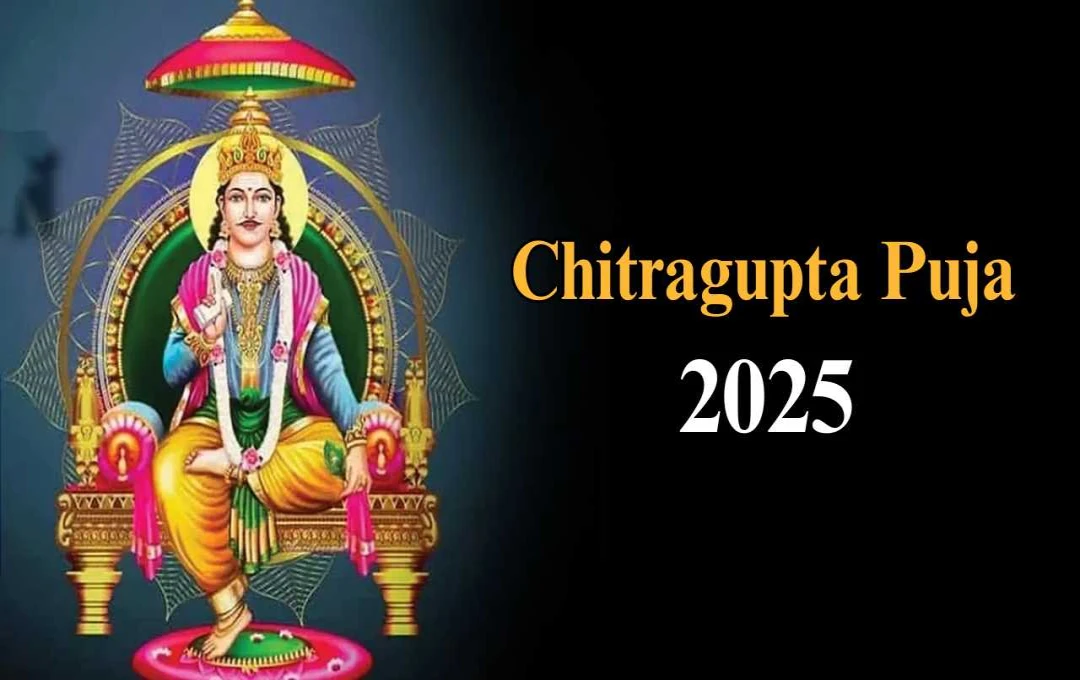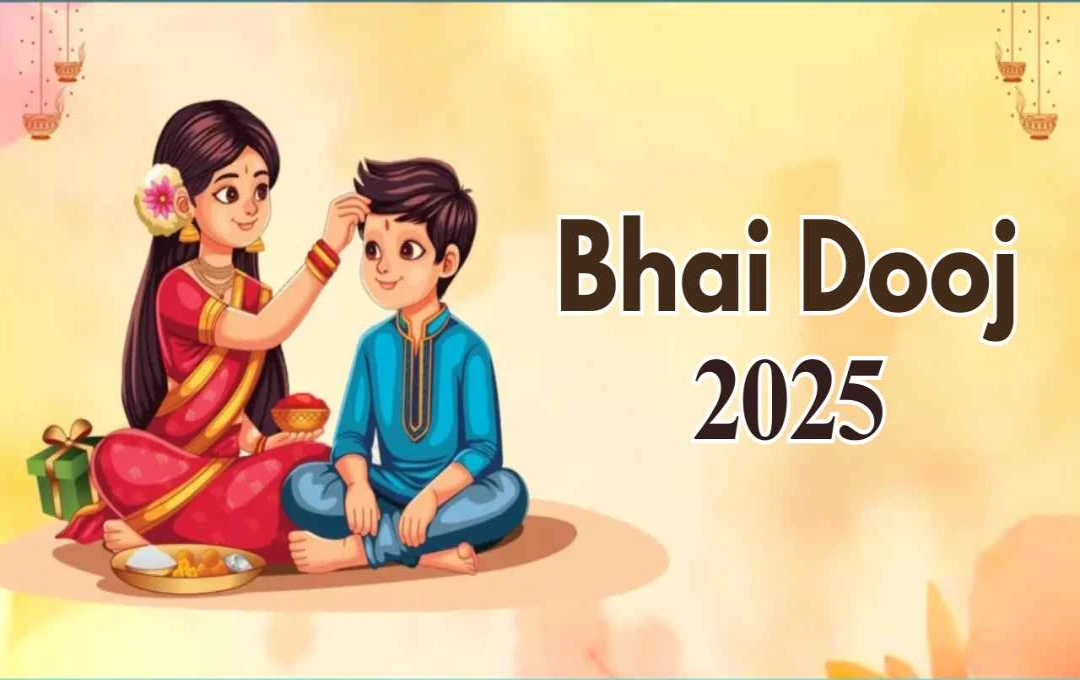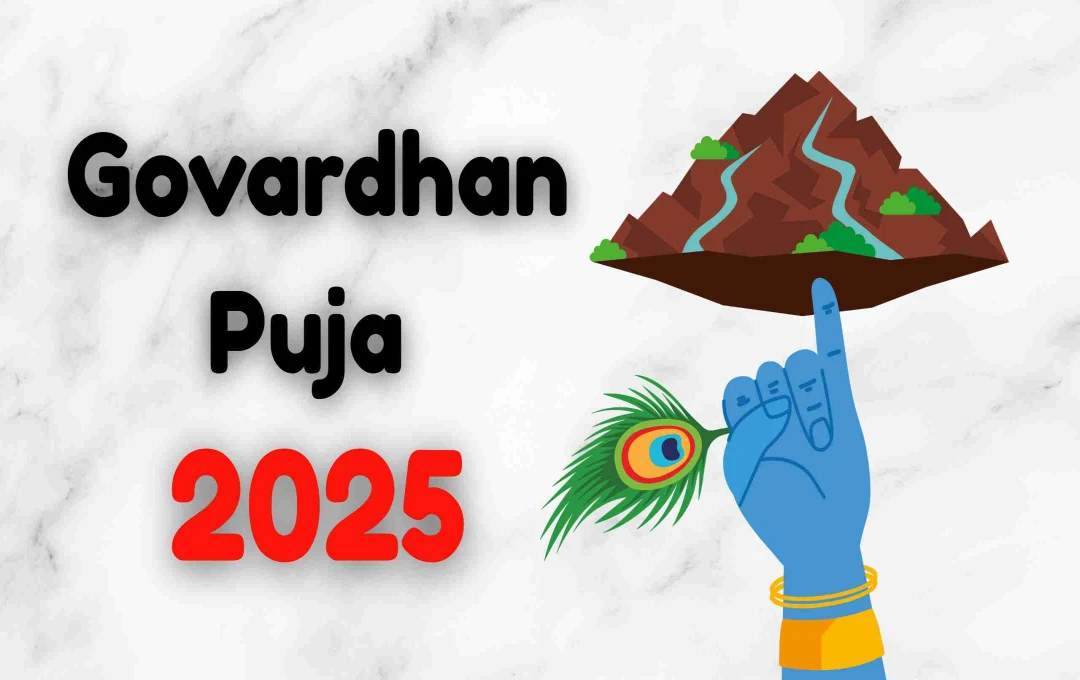During Chhath Puja, devotees observe a 36-hour nirjala (waterless) fast, worshipping Lord Surya and Chhathi Maiya. However, sometimes due to weakness, illness, or other reasons, this fast remains incomplete. According to scriptures, there is no need to panic in such a situation. By seeking forgiveness from Chhathi Maiya and performing atonement as per rituals, the fault of the broken fast can be removed.
Chhath Puja: The Chhath Puja, celebrated in India, holds profound religious and cultural significance. This festival is observed with great devotion and discipline in Bihar, Jharkhand, Uttar Pradesh, and other parts of the country. On Sunday, with Kharna, devotees began their 36-hour nirjala fast, which will conclude with offering Arghya to the rising sun. During this rigorous penance, sometimes the fast breaks due to health reasons, causing devotees to worry. However, religious texts state that if for any reason the fast remains incomplete, the fault can be absolved by seeking forgiveness from Chhathi Maiya and performing atonement through proper rituals.
The Difficult and Sacred 36-Hour Fast
During Chhath Puja, devotees observe a 36-hour nirjala fast, meaning without water or food. During this period, they perform penance for the purification of mind, body, and soul. This resolve of the puja is not merely a test of physical endurance, but also the pinnacle of self-control and devotion.
During this fast, devotees pray to Lord Surya and Chhathi Maiya for the prosperity and well-being of their family and the longevity of their children. The fast begins after consuming Kharna prasad, and for the next two days, bathing, meditation, and devotional activities are performed only during the times of puja and Arghya.
Why Does the Fast Break?
During Chhath Puja, the body experiences excessive physical strain. Prolonged fasting without food and water can often lead to problems like weakness, headaches, or blood pressure issues. Sometimes, this fast is inadvertently broken by the elderly or sick individuals.
In such cases, people fear that Chhathi Maiya might be displeased, or the effect of the fast might be lost. Scriptures clearly state that if a fast breaks due to compulsion or illness, it is considered an ‘inadvertently broken fast,’ the fault of which can be removed through atonement.
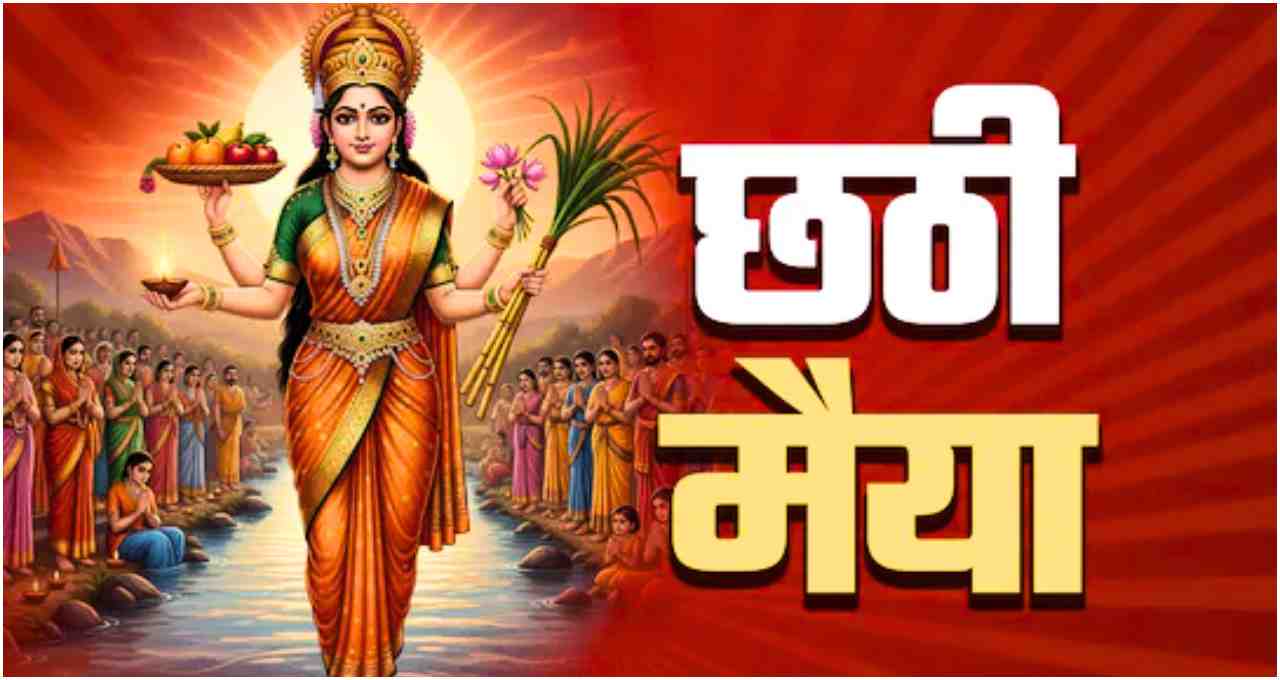
Measures for Atonement as per Scriptures
If a devotee's Chhath fast remains incomplete for any reason, there is no need to panic. According to religious texts, first, the devotee should purify themselves by bathing. After this, with a calm mind, they should light a lamp before Chhathi Maiya and seek forgiveness.
The devotee should mentally say:
"O Chhathi Maiya, I have unknowingly made a mistake; please forgive me. I resolve to observe your fast again with complete faith and devotion."
After this, it is considered auspicious to make a donation after consulting a priest or a knowledgeable person. This donation can be in the form of grain, clothes, or providing food to a needy person.
Chhathi Maiya Does Not Get Angry, She Bestows Blessings
According to religious scholars, Chhathi Maiya is like a mother. Just as a mother forgives her children's mistakes, Chhathi Maiya also pardons the unintentional errors of her devotees.
If a devotee's fast remains incomplete, they should not succumb to self-reproach but rather resolve to observe the fast with even greater devotion next time.
Scriptures also state that the essence of a fast lies in devotion and sincerity. If the sentiment is true, the effect of an inadvertent mistake is nullified.
The Importance of Donation and Seeking Forgiveness
In the event of a broken fast, there is also a tradition of making donations along with seeking forgiveness. It is believed that donation removes impurities from the mind and brings completeness to the devotee's faith.
Priests state that if a devotee could not complete the Chhath fast for any reason, they should resolve to observe the fast again in the following year. Doing so nullifies the fault of the previous incomplete fast.
The Significance of Sandhya and Pratah Arghya
During Chhath Puja, two Arghyas are offered: Sandhya Arghya and Pratah Arghya. Sandhya Arghya is offered to the setting sun, while Pratah Arghya is offered to the rising sun. This Arghya is not just a part of the worship, but also a symbol of gratitude towards nature and energy.
This fast is a confluence of water, light, and devotion. This is why it is considered one of the most difficult and purest fasts.
Precautions During Chhath Puja
Devotees should observe special precautions during Chhath Puja. If the body is weak, perform the Arghya or Ghat worship with the help of a family member. If health is severely affected, definitely consult a doctor. The purpose of Chhath Puja is to strengthen the feeling of welfare for family and society along with penance, not to harm the body.
From a Religious Perspective, the Sentiment of the Fast is Paramount
From a religious perspective, a fast does not merely mean abstaining from food, but also the purification of the mind and self-control. If a fast breaks due to an unknown reason, it is believed that the devotee's intention and devotion are important. Chhathi Maiya's blessings always remain with those who pray with a sincere heart.


